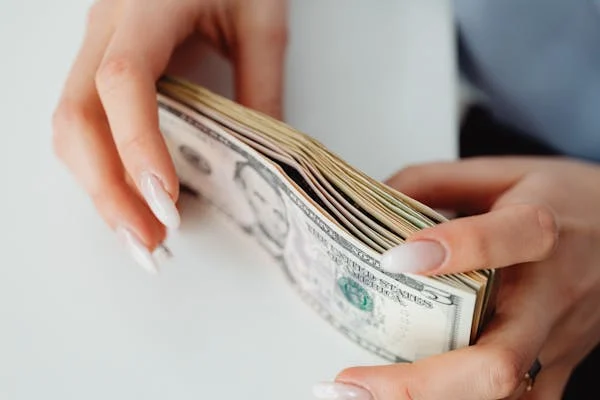The world of American currency is rich with history, and among its most intriguing aspects are rare bills that collectors covet. While most bills in circulation hold little more than their face value, certain unique specimens can command astonishing prices at auctions. This article delves into the characteristics that make specific American bills rare and valuable, providing insights for both novice and experienced collectors.
Understanding Rare Bills
Rare bills are typically distinguished by unique features such as misprints, unusual serial numbers, and historical significance. Collectors often seek these characteristics, as they can significantly increase a bill’s value beyond its face value.
Key Features to Identify Valuable Bills
- Unique Serial Numbers: Bills with palindromic serial numbers (e.g., “1234321”) or those with repeated digits (e.g., “11111111”) are highly sought after by collectors. Early serial numbers from a printed year, such as “1” or “4,” also attract attention.
- Replacement Notes: Bills marked with a star (*) indicate they are replacement notes. These tend to be rarer and more valuable than their non-replacement counterparts.
- Minting Errors: Errors during the printing process can create highly collectible bills. Examples include misaligned prints or incorrect denominations.
- Historical Significance: Certain series of bills, particularly those from significant historical periods or featuring notable figures, can command higher prices.
Notable Examples of Rare American Bills
1. The 1861 $10 Demand Note
This bill features President Abraham Lincoln and is one of the first $10 paper notes issued in the U.S. A specimen with a serial number “1” sold for an astonishing $381,875 at auction in 2014, highlighting its rarity and historical significance 1.
2. The 1878 Triple Signature $10 Silver Certificate
Only four of these certificates are known to exist, making them extremely rare. One recently sold for $312,000 in 2023, emphasizing the high demand for such unique pieces 1.
3. The 1915 $10 Federal Reserve Note
With only 29 examples known, this note is incredibly rare and can sell for over $126,000 if well-preserved 1. Its limited mintage contributes to its desirability among collectors.
4. The 1882 $10 Brown Back National Bank Note
Featuring Benjamin Franklin’s portrait, this bill can fetch over $2,000 in good condition due to its historical context and design 1.
5. The 1928 Silver Certificates
Among the rarest silver certificates are the 1928C, 1928D, and 1928E versions. Notes in excellent condition can command prices up to $4,500, while those with a star symbol in the serial number can fetch between $12,500 and $17,0005.
How to Spot Rare Bills
To determine if you possess a valuable bill, consider the following steps:
- Examine Serial Numbers: Look for patterns or unique sequences.
- Check for Replacement Notes: Identify any star notes.
- Inspect for Errors: Look closely for any misprints or unusual features.
- Consult Experts: If you suspect you have a rare bill, consult a professional appraiser or visit a local coin shop for an evaluation.
Conclusion
The allure of rare American bills lies not only in their potential monetary value but also in their rich history and uniqueness. By understanding what makes certain bills valuable—such as minting errors, unique serial numbers, and historical significance—collectors can enhance their collections and possibly uncover hidden treasures worth significant amounts of money.As you sift through your wallet or explore local shops for currency collectibles, keep an eye out for these rare bills; you might just find a piece of history that could be worth far more than its face value!

I’m passionate writer and digital content creator with a background in journalism. With a keen interest in exploring a wide range of topics—from technology to lifestyle and beyond—I bring fresh insights and thought-provoking commentary to the readers of Idegg.org. My curiosity and love for storytelling makes me a perfect fit for sharing the diverse, ever-evolving content the blog is known for.

